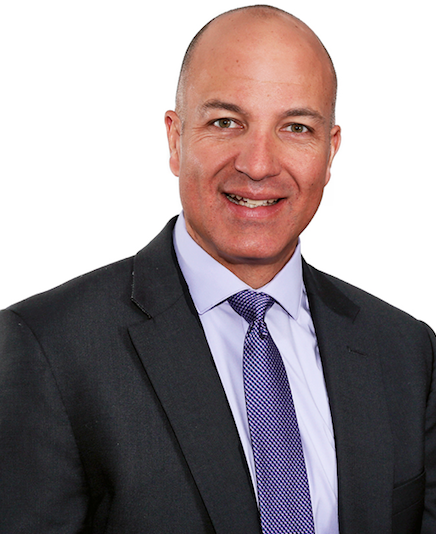Addressing the Social Emotional Learning and Mental Health Needs of Students

Dear Colleagues,
Recently the Minnesota Departmentof Education (MDE) released findings from the 2019 Student Survey which shows statewide nearly one in four students are reporting long-term mental health, behavioral or emotional problems. That number is up from fewer than one in five students in 2016.
In addition, the number of 11th grade female students reporting long-term mental health, behavioral or emotional problems more than doubled from 2016 to 2019. About 24 percent of those same female students reported missing school because they felt very sad, hopeless, anxious, stressed or angry.
Keep in mind, behind each of these ‘statistics’ is a young person who comes into our school wanting to feel safe and supported. To our teachers, staff and leaders in our buildings - this information isn’t new. We see it every day. And what’s increasingly being asked is, “What are we going to do about it?”
Currently, SPPS utilizes both internal and external resources and expertise to provide a continuum of mental health and wellness supports, ranging from prevention to individual intervention. All staff play an important role in prevention. It includes support such as creating a welcoming environment and a sense of belonging, as well as modeling, teaching and practicing social emotional skills. Our school support staff, (school social workers, counselors, psychologists and nurses), are a valuable internal resource that provides multiple services all along this continuum. Every day across the district, over 300 of these specialized instructional support personnel:
- Facilitate small group and individual counseling sessions
- Lead Social Emotional Learning classroom lessons
- Consult with teachers to develop positive intervention plans for individual students
- Communicate with therapists and medical providers in the community to improve continuity of care
- Work together to address barriers to learning, such as homelessness, trauma and mental health conditions
- Build strong relationships with students and families
We have several community mental health partners that provide services in 50 schools across the district. The services provided by these partners is voluntary and always includes parent or guardian consent. One new partnership this school year is with Fraser, who works with PreK students and their families at Rondo Education Center. Fraser provides consistent, easily accessible developmental, behavioral and emotional support and services. We have also been fortunate to have received funding from two grants, Project Prevent and Project Aware. Project Aware has supported over 400 staff in Youth Mental Health First Aid training and unfortunately, Project Prevent funding is ending this school year.
Addressing the ever-growing challenges of adequate mental health resources for our students will require thoughtful, long term consideration. Adding more staff may not be the total solution. As part of our SPPS Achieves efforts to implement culturally relevant Positive Behavioral Interventions and Supports (PBIS) at every school, and integrate social-emotional learning support, we need to think creatively and collaboratively.
It’s been suggested to use some of the $1.25 million SPPS is receiving in one time Safe Schools funding from the State to provide additional mental and behavioral health resources. The challenge with that idea is it’s one time funding, which means in order to sustain our efforts we will have to find comparable funding from limited resources in the future.
SPPS did advocate for this permanent increase in safe schools funding in the last legislative session. As I think about investments, I want to think about sustained efforts in providing staff and students they support they need.
I believe in addressing the social emotional learning and mental health needs of students. There is no better place to do this than in our schools, with expert staff members who have relationships with students, families and our community. And, while I do not believe we will be able to build this level of support immediately, we must work with available resources and create a pathway moving forward.
This is an extremely urgent topic, and it demands extremely thoughtful solutions. I look forward to working with our colleagues and partners, within and outside our organization, to continue to meet these growing trends in service to our students.
In partnership,

Joe Gothard
Superintendent




